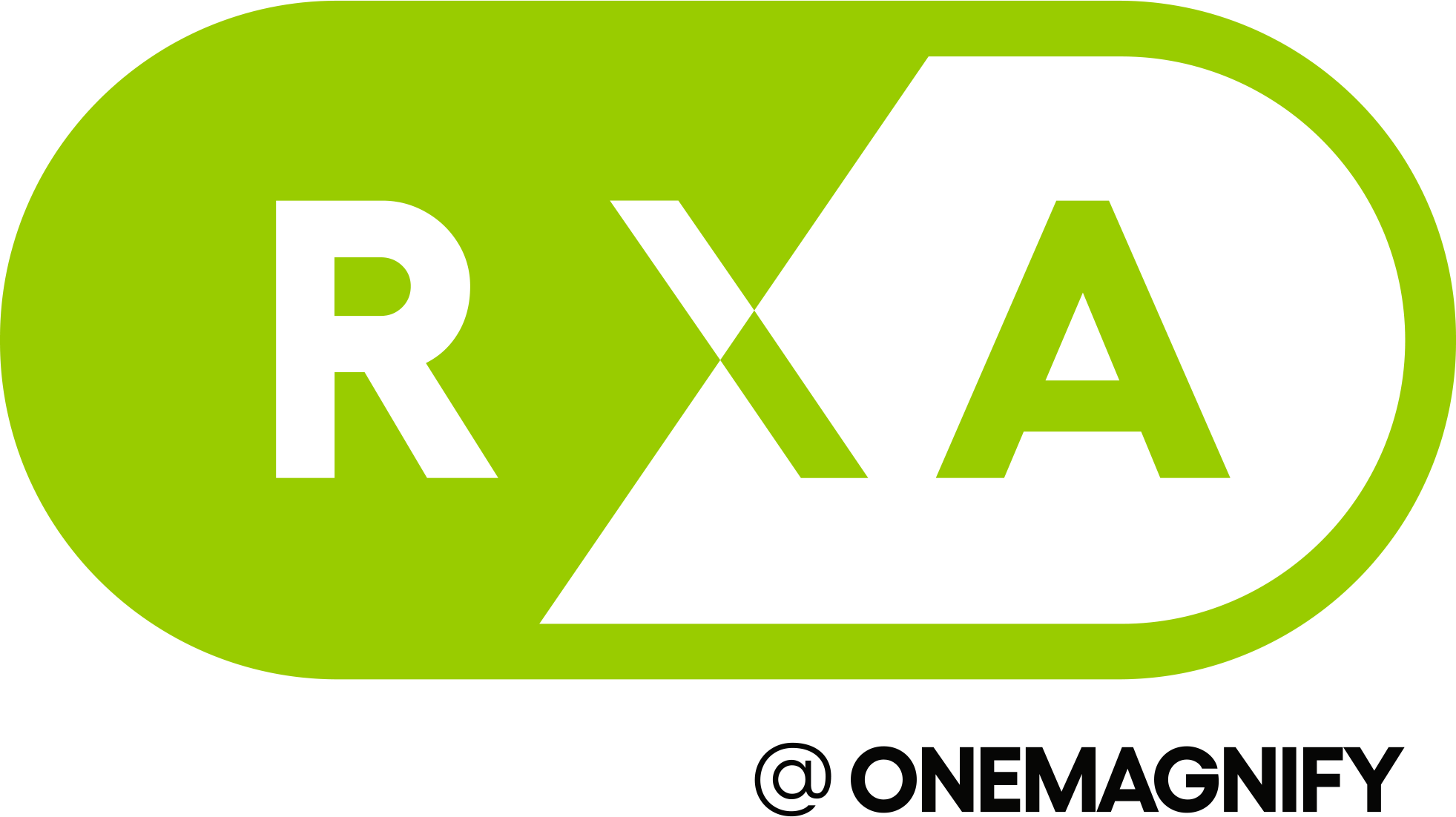

Overview
We were tasked with the complete website tagging architecture and implementation for a global automotive manufacturer.
When RXA was brought on, the client planned to launch their new website within two months. At this point the website had no tagging established. The intent of creating the tagging was to better understand customer interaction with the website on a laundry list of contact points.
Goals of the project:
- Establish tagging rules based on customers business goals
- Implement tagging
- Create an action plan for future reporting and updating.
There were two unique parts to the project. The first was the tagging architecture and implementation for the total site design, while the second was much a smaller a web product that allowed visitors to the site to create plans for road trips. This would be similar to Google Maps with a social tie.
When completed, the project yielded a thoroughly tagged website that provides the end users with the best possible insight about their consumers. When given the ability to better understand their consumers, they can efficiently decide the changes and updates that need to be made across the lifetime of the website.
Process
As with all of our projects, the process began with multiple discovery sessions. First RXA met with key stakeholders to determine the project’s goals and priorities, define new and existing practices, and to determine project timelines and budget. This was also an opportunity to learn the terminology and begin the tagging outline that would determine the layout of the entire project.
A full audit was the next step. RXA worked with the company’s subject matter experts to review the global and local requirements, and benchmark key performance indicators.
Requirements Gathering – (15% ) We met with stakeholders to discuss their reporting and analysis needs. A unique tagging specification spreadsheet was created and approved by the involved parties. The specification spreadsheet outlined what would be tracked and where.
Implementation – (50%) The client added an Adobe DTM container to their site from which we were able to tag through Adobe DTM. We then configured the report suite to handle the incoming data appropriately.
QA(quality assurance) – (35%) We validated that the tagging was indeed working as expected on both the staging site and report suite. We were then able to push it to production and run the validation again. The quality assurance process would continue as we checked the site periodically to ensure that there are no breaks in the tagging as the site is changed and updated.
Timeline
| Phase | Approximate Timing |
| Discovery (Requirements Gathering) | 15% /~30 hours |
| Outlining of Consumer Contact Points | |
| Inventory of website setup and important data points | |
| Establishment of timeline and KPI’s | |
| Implementation (Tagging Work Itself) | 50% / ~ 100 hours |
| Validation/QA(quality assurance) | 35% / ~70 hours |
| Pilot Phase |
Outcome
The project was completed within the assigned two months, and the site is currently live with the established tagging working properly.
Reporting Methodology
Reporting was all done on Adobe’s suite, with both the client and RXA able to access the reporting.
Determining/Measuring Success
Success has been determined by our ability to conduct reporting and analysis as originally defined in the requirements.
.Stay tuned for updates on this website tagging project, as well as the bonus project. Meanwhile, does this make you wonder what we can do to help you learn more about your customers? Get in touch with us to schedule a free demo!

